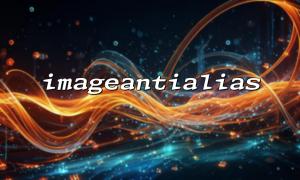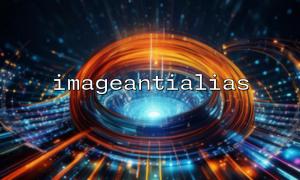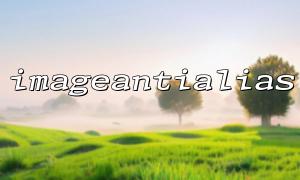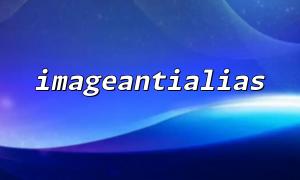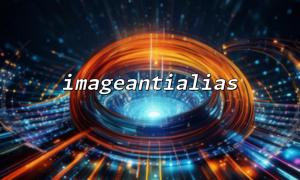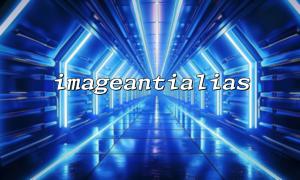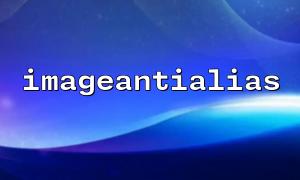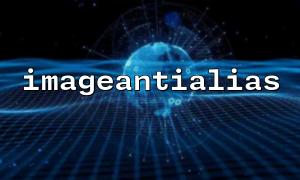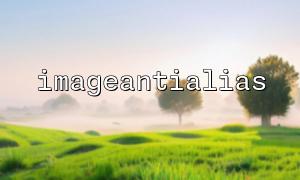During image processing, we often encounter the problem of jagging the edges of the image, especially when scaling the image or drawing graphic elements (such as lines, text, shapes). To improve these jagged edges, PHP provides a function called imageantialias() that significantly improves the smoothness of image rendering.
imageantialias() is a function provided in the GD image library to enable or turn off anti-aliasing effects of images. It reduces visual "pixelization" by mixing edge pixels to make lines and shapes look smoother.
bool imageantialias(GdImage $image, bool $enable)
$image : an image resource object, usually generated by functions such as imagecreatetruecolor() or imagecreatefromjpeg() .
$enable : Boolean value, true means to enable anti-aliasing, false means to disable.
The anti-aliasing function is mainly suitable for drawing graphics (such as lines, circles, and rectangles). For example, when you draw slashes or arcs on an image, turning on anti-aliasing can greatly improve the quality of the graphics. Below we show how it is used with a simple example.
<?php
// Create a true color image canvas
$width = 400;
$height = 200;
$image = imagecreatetruecolor($width, $height);
// Set background color to white
$white = imagecolorallocate($image, 255, 255, 255);
imagefilledrectangle($image, 0, 0, $width, $height, $white);
// Turn on anti-aliasing function
imageantialias($image, true);
// Set the line color to blue
$blue = imagecolorallocate($image, 0, 0, 255);
// Draw some slashes
for ($i = 0; $i < 10; $i++) {
imageline($image, 0, $i * 20, $width, $i * 20 + 10, $blue);
}
// Output image
header('Content-Type: image/png');
imagepng($image);
// Destroy image resources
imagedestroy($image);
?>
When you run the above code, the browser will display an image with a blue slash. If you replace imageantialias($image, true); with false or comment out, you will noticeably see the edges of the lines getting rougher.
It is only applicable to certain graphical operations : imageantialias() is mainly valid for functions such as imageline() , imagepolygon() , etc., but has no effect on scaling functions such as imagecopyresampled() .
GD library version compatibility : Make sure that the GD library is enabled in your PHP environment and that the version supports imageantialias() . Some older versions may not support this function.
Performance Impact : Turning on antialiasing will slightly increase processing time, but the impact is negligible in most applications.
If you want to improve image quality when creating graphic verification codes, charts, or dynamic images, you can use anti-aliasing and other drawing techniques. For example, when generating dynamic thumbnails, you can also use it in combination with image scaling function:
// Example link:http://m66.net/generate-image.php
In this example, suppose you provide an interface to generate images, and the user can access the above address to view images with anti-aliasing enabled.
imageantialias() is a very practical function in PHP, which can improve drawing quality and make image edges smoother and more natural. Although it cannot be effective for all image processing operations, it is undoubtedly a powerful tool to improve the edge effect of the image when lines or geometry are needed. If you are building an image generation service, verification code system, or graphical reports, try enabling this feature to make your images look more professional.

